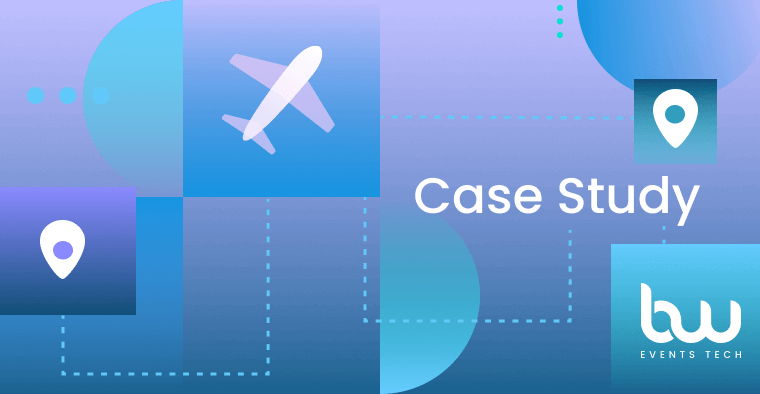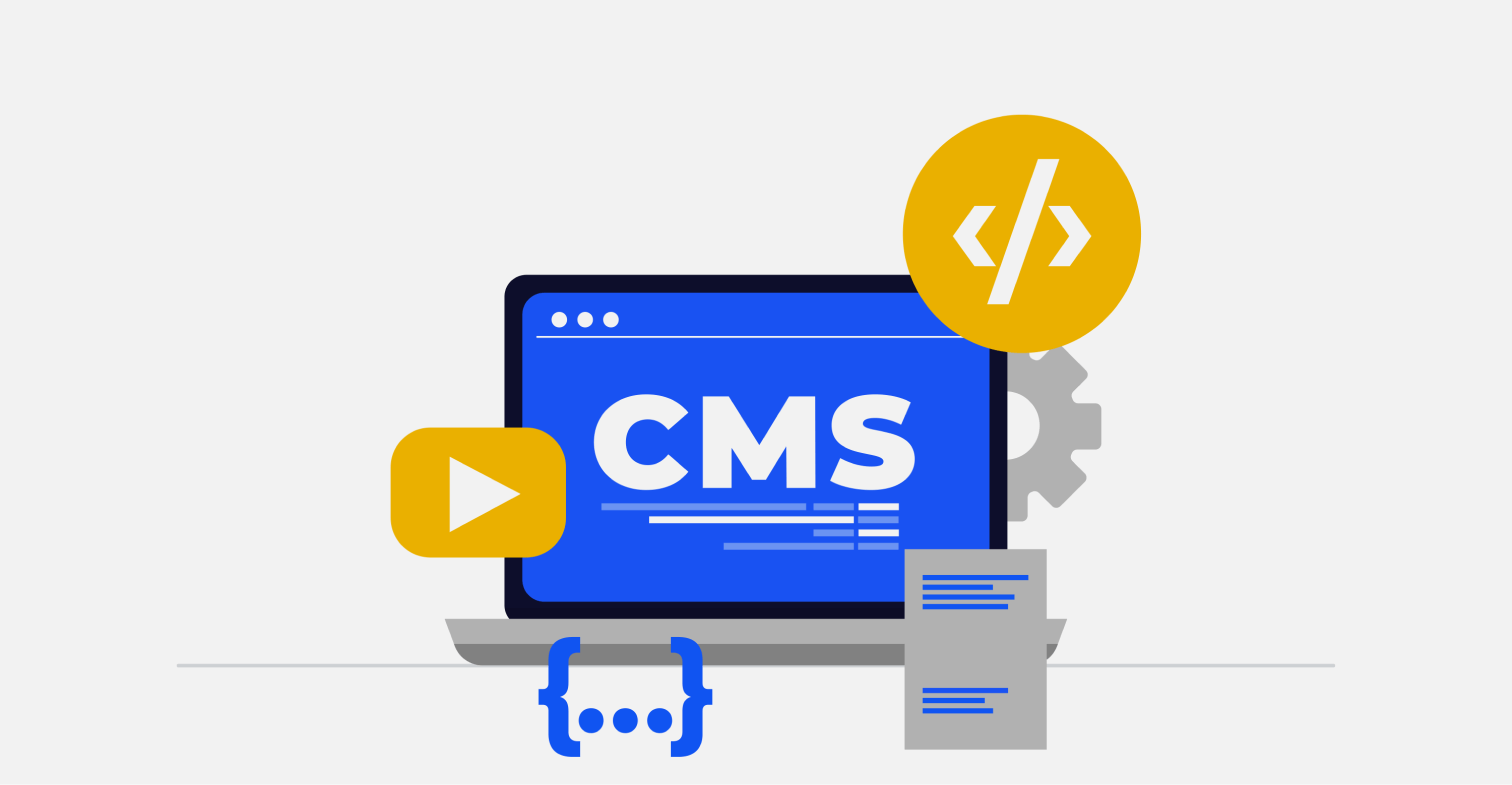Event Planning
Before going to Corporate Event Planning we must have the knowledge of Event Planning or designing. How Event planning works, the things included in such planning, these are the basic things that reader should know initially. So coming to that Event Planning or Event designing for company events needs the total understanding of provision, entertainment, audio visual, fabrication, catering, presentations, prison-breaking sessions, social engagement and therefore the promotion leading up to and following up once your corporate event. We’ll handle all the logistics related to company event planning for optimum results.
What is Corporate Event Planning?
Corporate event planning, on the other hand, extends above meeting preparation. Many events you may be questioned to organize involve corporate hospitality, customer fascination, conventions, exhibitions, and worker events—such as incentive travel incentive schemes, teamwork, inspirational events, receptions, gatherings, and fundraising days—as well as events and conferences.
A strong corporate event requires a lot of planning and execution.
It’s usually a months-long procedure with numerous stages and a number of administrative steps.
Types of corporate events
Micro events:
Micro events are small gatherings of up to 100 people that generally take the form of meetings or smaller training sessions.
Room reservations, presentations equipment, break-out food and beverages, and registration may be the only planning needs for these micro-events.
However, calling such “simple events” is deceptive, because preparing an away-day or hospitality for 50 senior managers can be just as difficult as planning a conference for 500 people.
Small events:
Between 100 and 250 attendees are considered small events.
Seminars, training days, and academic meetings are all possibilities.
Planners may be responsible for a big stage schedule as well as multiple breakout sessions, as well as lunch, drinks, audio-visual equipment, online application, and transportation.
Midsize events:
The use of technology is increasingly prevalent for midsize events. They might be company-wide conferences with up to 1,000 attendees or management summits with senior executives for important client
Government budget considerations should include a branded website, pre-event messaging, and an event mobile app. Attendees may require hotel accommodations as well as transportation to and from the event. A complicated multi-stream conference schedule may necessitate a pre- or post-event reception or evening entertainment.
Large-scale events:
To manage features like hotel room bookings, attendee flights, finances, and online registration, large-scale events frequently require enterprise IT systems.
Offsite activities, banquets, partnership programs, an award show, or other sophisticated schedule preparation may be required for multi-day events.
Staffing, food, registration, and presenter and attendee management will all require large-scale planning. Conferences, for example, can draw up to 10,000 people and run anything from a few hours to several days.
Conclusion: Our corporate event planners have all of the necessary abilities to design and handle a variety of events. Whether it’s large-scale locations or digital gatherings on the Net. We’ve worked with companies all across the world to help them build great ties with their audiences and staff.













